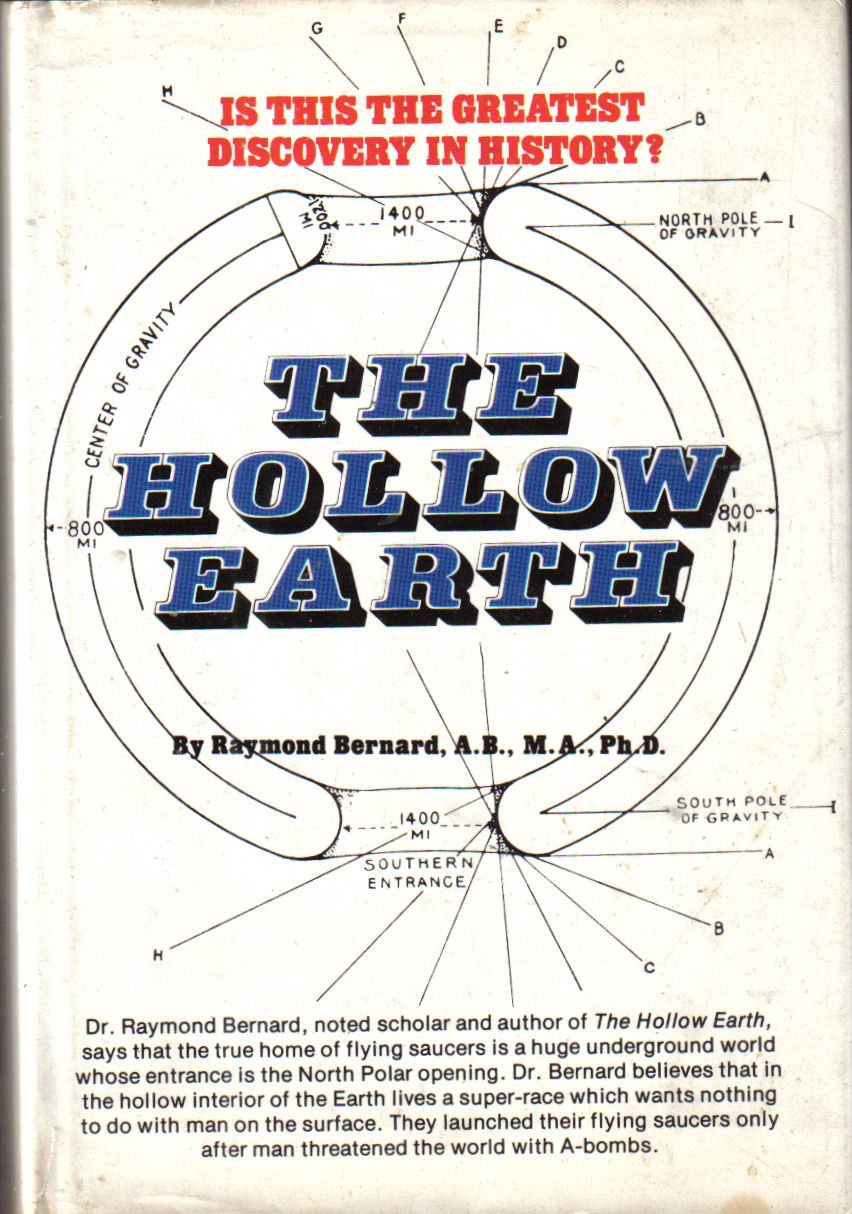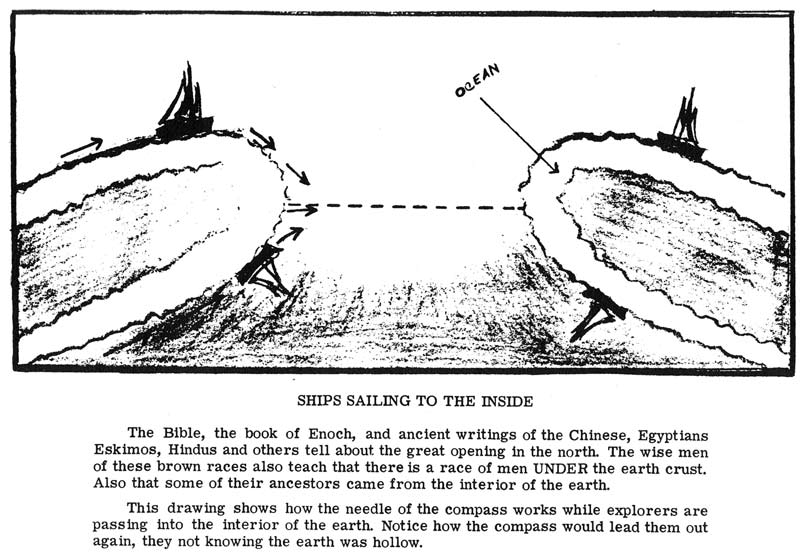Atlantis: a name that echoes through the halls of myth and legend, mingling whispers of a grand civilization swallowed by the sea. This story has been told and retold across generations, leaving many to wonder about the truth behind this sunken empire. Was Atlantis real, or was it just a fable? The fascination around this mysterious land is not just a matter of storytelling; it’s about our human quest for discovery, for understanding the depths of our past. Let’s dive into the oblivion of time and explore various theories about the ultimate fate and location of Atlantis.
Plato’s Atlantis: The Origin of the Legend
To talk about Atlantis, we must start with the seminal work of the ancient Greek philosopher, Plato. Around 360 BCE, Plato described Atlantis as a powerful and advanced kingdom that existed about 9,000 years before his own time. As the story goes, after failing to invade Athens, Atlantis was punished by the gods and sunk into the Atlantic Ocean in a single day and night of catastrophic destruction. But here’s the catch: Plato was known for using allegory and metaphor in his writings to convey deeper philosophical truths. Did he invent Atlantis as a moral tale, or was he passing on a historical record?
The Hunt for a Lost Civilization
Since the time of Plato, scholars, adventurers, and the just plain curious have scanned the globe in search of physical evidence for this lost civilization. The potential whereabouts of Atlantis have sparked dozens of hypotheses, suggesting locations that span from the Mediterranean Sea to the far-off Antarctic. Each theory paints a vivid picture of a vast metropolis, filled with advanced technology and culture, now lying dormant beneath the waves.
Atlantic Ocean: The Classic Locale
The most straightforward of the theories about Atlantis is that it rested in the Atlantic Ocean, just as Plato proposed. Proponents of this idea believe that the remnants of the city could be found in the area of the Azores, a group of volcanic islands in the mid-Atlantic. They argue that these islands could be the peaks of the massive mountain range of the sunken continent.
However, geologists often counter this theory, stating that the movements of tectonic plates in that region do not support the possibility of a landmass sinking in such a manner. Although appealing to our imaginations, the evidence for Atlantis in the Atlantic is more dream than reality.
The Minoan Civilization: A Real-Life Atlantis?
Heading east, we reach the Mediterranean Sea, where some researchers have matched the story of Atlantis with the real-life Minoan civilization. Flourishing on the island of Crete and neighboring Santorini, the Minoans were incredibly advanced for their time. Moreover, Santorini suffered a cataclysmic volcanic eruption around 1,600 BCE, which destroyed much of the island and generated massive tsunamis, potentially inspiring the tale of Atlantis. Archaeological discoveries, such as intricate artwork and sophisticated buildings, reinforce the Minoans as strong candidates for the true Atlantis. Yet, timelines between Plato’s accounts and the Minoan disaster do not align perfectly, leaving room for doubt.
Antarctica: A Frozen Atlantis?
What if Atlantis was not sunken, but instead frozen? Some truly out-of-the-box thinkers have posited that Atlantis could be none other than icy Antarctica. This idea relies heavily on the assumption that the earth’s crust might have shifted drastically, moving a once-temperate Atlantis to the South Pole. Unfortunately, geological studies have largely debunked this notion, suggesting such a shift never happened — at least not in the sudden way required to freeze Atlantis in time.
Edgar Cayce’s Vision of Atlantis
Among the myriad theories lies the perspective of Edgar Cayce, known as “The Sleeping Prophet.” Cayce, a mystic and psychic from the early 20th century, offered a unique view through readings he performed while in a trance-like state. He spoke of Atlantis as a highly advanced society, with technologies that surpassed even our current capabilities. According to Cayce, Atlantis wasn’t confined to a single spot but was spread across three separate areas: the Gulf of Mexico, the North Atlantic, and the Mediterranean.
Remarkably, Cayce predicted that portions of Atlantis would begin to reemerge in 1968 or 1969. When the enigmatic Bimini Road, a formation of underwater stones, was discovered in the Caribbean around that same time, some believers in Cayce’s visions felt vindicated. However, scientists have largely written off the Bimini Road as a natural phenomenon, and Cayce’s detailed descriptions of energy crystals and levitation remain the stuff of science fiction.
Seeking Truth in a Sea of Theory
The elusive city of Atlantis, as a historical reality or philosophical parable, has seeped deeply into popular culture. From books to movies, the concept of an ancient, lost world continues to captivate our collective imagination. What’s fascinating is not just the story itself, but our unending drive to solve the unsolvable, to find answers where only questions seem to exist.
Each theory brings with it a promise of discovery, a glimpse into a world that might have once been or perhaps never was. The search for Atlantis spans across scientific fields — archaeology, geology, and oceanography — and equally through the human heart’s boundless curiosity.
Do we believe that the walls of Atlantis will rise from the ocean depths, illustrating the narratives told over millennia? Or do we take the tale as a cautionary metaphor, warning future generations of the perils of hubris and the ephemeral nature of civilization? Ultimately, Atlantis serves as a mirror, reflecting our wonder at the unknown and our timeless pursuit to understand our own place in history.
Regardless of whether the fabled city of Atlantis ever existed, it has stirred a quest that goes beyond physical exploration. It is about the human spirit’s exploration: an endeavor for meaning, a call to adventure, and an unquenchable yearning to uncover the secrets of the world. Atlantis, real or not, is a testament to the part of us that looks out at the vast expanse of ocean and dreams of the wonders that might lie beneath.




